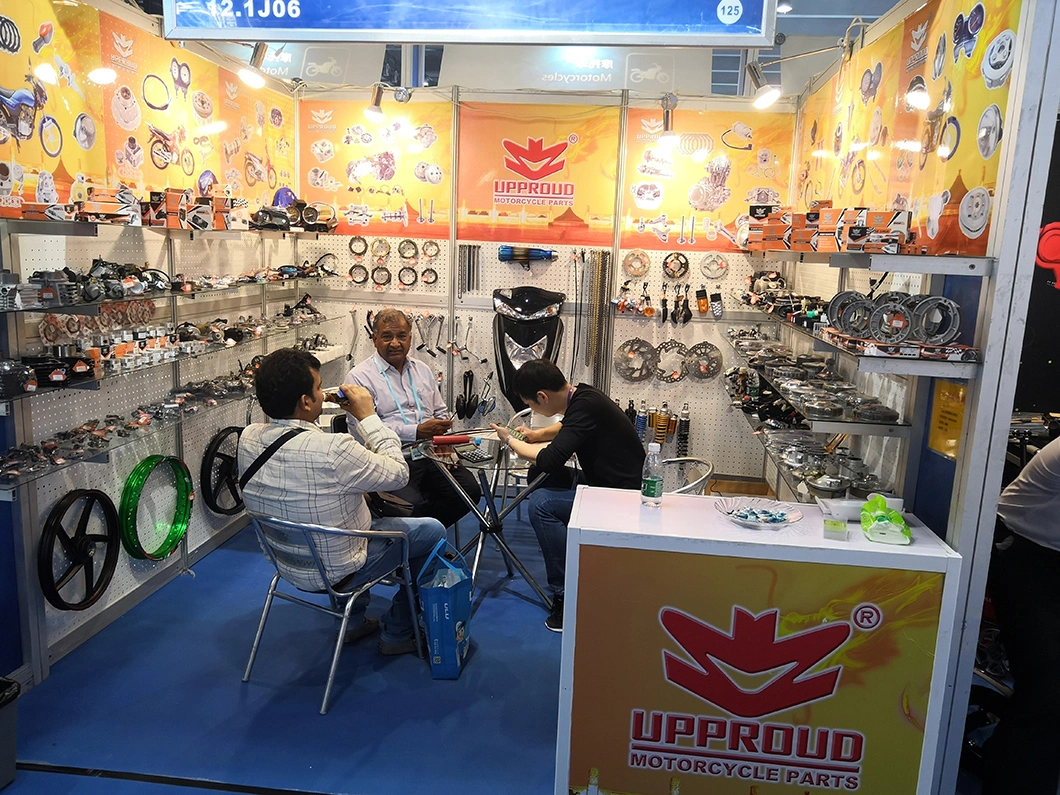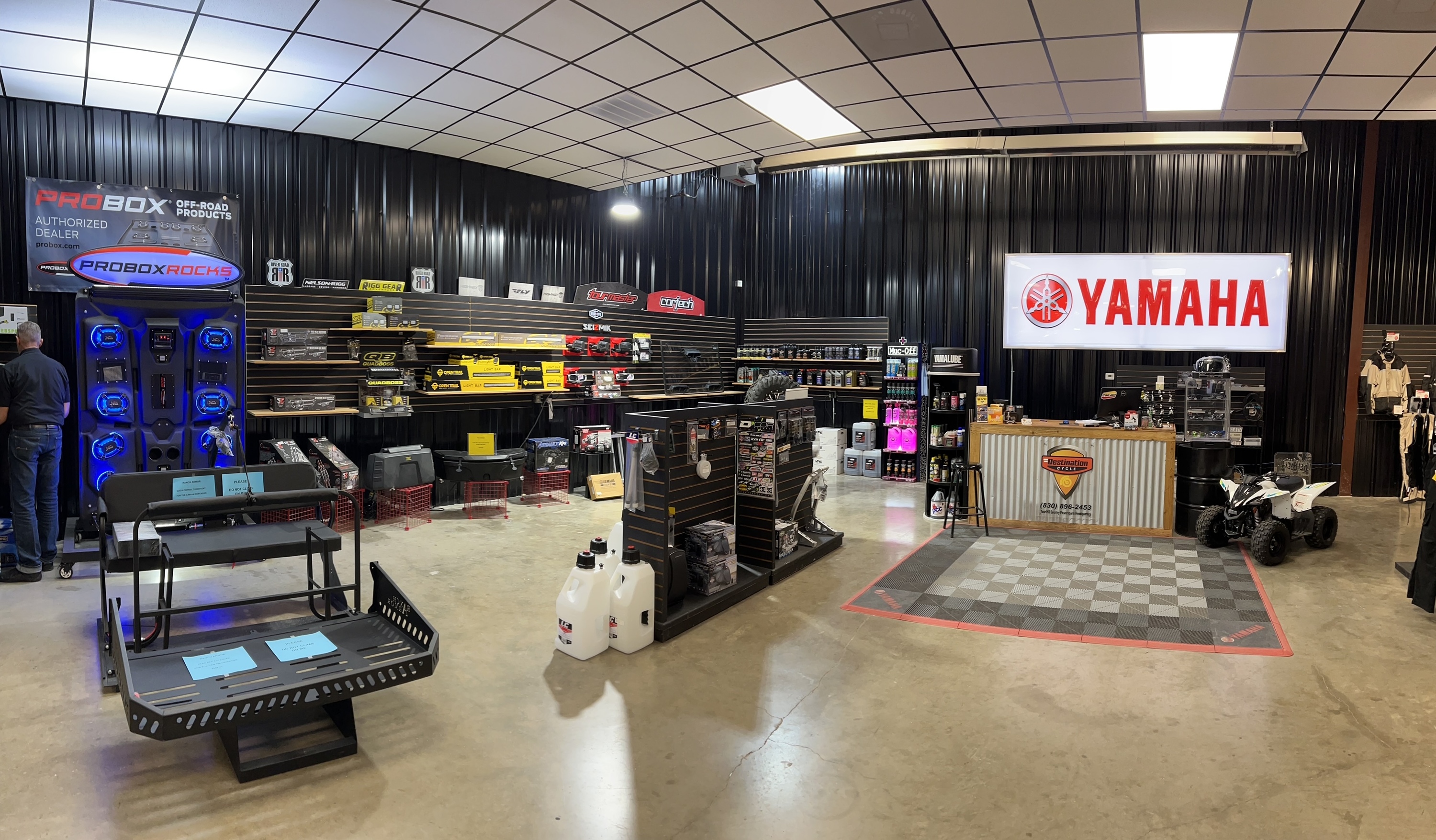Shop the Best MX Parts NZ for Your High-Performance Bike
Recognizing the Essential Parts of a Bike: A Comprehensive Guide for Fanatics
For bike lovers looking to raise their riding experience and ensure their bikes run efficiently, comprehending the vital elements of a bike is vital. Each component, from the engine's detailed functions to the vital role of the stopping systems, not only affects efficiency yet also security and convenience.
Engine Parts

The camshaft plays a vital duty in controlling the timing of the engine's valves, making sure the exact opening and closing needed for efficient fuel and air consumption, along with exhaust expulsion. This timing is essential to keeping optimum engine performance and performance. Furthermore, the carburetor or fuel shot system, relying on the bike design, is in charge of mixing air with gas in the right ratio for burning.
The cooling system, either air or liquid-based, works to maintain the engine's temperature level within operational restrictions, protecting against getting too hot and guaranteeing longevity - motocross parts nz. Each component, meticulously developed and incorporated, adds to the seamless operation of the engine, defining the bike's power output and overall performance
Transmission System
Integral to the bike's functionality, the transmission system guarantees efficient power transfer from the engine to the wheels. This system comprises several vital elements, including the clutch, gearbox, and final drive, each playing an essential duty in translating the engine's power into motion. The clutch, normally operated by a hand bar, offers to involve and disengage the engine from the transmission, allowing for smooth equipment modifications and controlled acceleration.
The gearbox, commonly referred to as the transmission appropriate, contains a set of equipments that riders can manually shift through to change the bike's speed and torque result. These gears are prepared in a sequence that enables the bike to increase efficiently and keep optimum engine efficiency across different speeds. Most bikes use a consecutive gearbox, requiring the rider to change gears in a predetermined order.
Braking Devices
While understanding the transmission system is vital to utilizing a motorbike's power, similarly important is the ability to regulate and quit that power effectively, which is where stopping systems enter into play. Brakes are essential for security and efficiency, giving the biker with the necessary control to navigate different terrains and problems. Typically, motorbikes feature 2 sorts of braking systems: disc brakes and drum brakes.
Disc brakes are much more prevalent in modern-day motorcycles due to their exceptional efficiency. This system uses far better warmth dissipation, constant efficiency, and boosted quiting power, specifically in damp problems.
On the other hand, drum brakes, though much less common, are still discovered in some bikes. They function by pushing brake shoes versus the inner surface of a drum attached to the wheel. While generally less efficient in warm dissipation and quiting power, drum brakes are simpler and more cost-efficient.
Recognizing these braking systems' nuances enables riders to maintain their bikes effectively and value the design that makes sure risk-free and reliable stopping.
Suspension and Guiding
Suspension and guiding systems are crucial parts that substantially affect a bike's handling and adventure convenience. The suspension system, being composed of forks at the front and shock absorbers at the back, takes in roadway abnormalities, improving security and control. Front forks, upside down or usually telescopic, compress and rebound to mitigate influences, while back shock absorbers keep tire call with the roadway, crucial for grip and safety.
Guiding, centered around the handlebars, attaches the rider to the motorbike's directional control. The steering head bearings make sure smooth procedure, allowing exact ability these details to move. Appropriate placement and maintenance of these bearings are vital for predictable steering reaction and lowering biker fatigue.
The suspension's adjustability is one more crucial aspect; preload, damping, and rebound settings allow personalization to match various riding designs and conditions. This versatility is important for enhancing performance, whether browsing metropolitan streets or dealing with sturdy routes. Innovations like digital suspension systems use real-time modifications, improving experience quality throughout varied terrains.

Electrical Equipments
After making certain a smooth and controlled ride via effective suspension and steering systems, focus turns to the electric systems, an essential aspect of modern-day bikes. These systems play a crucial function not only in starting the engine but likewise in powering various components that enhance the performance and security of the motorbike.
At the heart of a bike's electric system is the battery, which stores electric energy essential for beginning the engine and powering complementary systems - motocross parts nz. The alternator or generator, combined with the rectifier-regulator, guarantees the battery stays billed while the motorcycle is in operation, transforming power right into electric power and preserving voltage degrees
The ignition system, one more vital element, is in charge of stiring up the air-fuel mix in the engine's cyndrical tubes. Modern bikes commonly make use of a digital ignition system, providing better efficiency and dependability contrasted to typical systems.
Lights systems, consisting of headlights, tail lights, and signs, are likewise important, making certain visibility and safety for the rider. Additional digital components such as sensing units, control units, and presents add to sophisticated attributes like find out this here gas injection administration, anti-lock braking systems (ABDOMINAL MUSCLE), and electronic control panels, better improving the riding experience.
Final Thought
A detailed understanding of a motorbike's necessary parts, consisting of the engine, transmission system, braking mechanisms, suspension, guiding, and electric systems, is indispensable for enthusiasts intending this post to enhance efficiency, security, and comfort. Proficiency of these elements enables educated decisions pertaining to upkeep and upgrades, eventually improving the riding experience. By integrating this expertise, bikers can ensure their motorbikes operate at peak performance and integrity, therefore taking full advantage of both pleasure and durability of their vehicles.
For motorcycle fanatics looking to elevate their riding experience and guarantee their bikes run smoothly, understanding the essential components of a motorcycle is extremely important.Indispensable to the motorcycle's functionality, the transmission system guarantees efficient power transfer from the engine to the wheels.While understanding the transmission system is essential to taking advantage of a bike's power, equally important is the capability to manage and stop that power successfully, which is where braking mechanisms come right into play. Typically, motorbikes include 2 types of braking systems: disc brakes and drum brakes.
A detailed understanding of a motorbike's essential parts, including the engine, transmission system, braking mechanisms, suspension, steering, and electric systems, is indispensable for fanatics aiming to maximize comfort, performance, and safety and security.